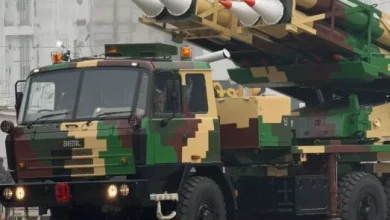Algeria to spend billions preparing for war

The Algerian government has approved a record $25 billion defense budget for 2026 — the largest in the country’s history — amid growing security concerns across the Sahel region, The Clash Report said.
According to the report, the 2026 finance bill totals $135 billion, up from $128 billion in 2025 and $113 billion in 2024. Military spending now accounts for 20.6 percent of the national budget, surpassing even the Ministry of Finance, which will receive 20.3 percent.
The new allocation continues a trend that began in 2022, when Algeria sharply increased defense funding despite economic pressures from the COVID-19 pandemic and fluctuating oil revenues. Between 2020 and 2022, the country’s defense spending averaged between $8 billion and $11 billion per year. That figure rose to over $18 billion in 2023, $22 billion in 2024, and $24 billion in 2025.
Algeria’s 2026 budget expansion comes at a time of falling hydrocarbon prices, currently ranging between $65 and $67 per barrel, and a projected $40 billion budget deficit. The growing defense allocation has prompted debate in Algiers over how long such spending can be sustained without broader fiscal adjustments.
Defense analysts note that Algeria’s armed forces have become the largest recipient of public funding, overtaking civilian ministries by a wide margin. The latest figures mean one in every five dinars of public expenditure will go to the military, reaffirming the armed forces’ central position in national policy.
The increased spending occurs despite an absence of new large-scale security threats. Longstanding regional tensions with Morocco and instability in the Sahel — particularly in Mali and Niger — remain key reference points for Algeria’s defense planning. However, observers point out that the overall security environment has not deteriorated significantly in recent years.
Recent unconfirmed reports suggest that Algeria has become the first foreign customer for Russia’s Su-57 and Su-34 combat aircraft, which have allegedly been spotted during test flights ahead of delivery.

Algeria’s renewed emphasis on defense capability underscores its intent to maintain regional influence and readiness amid shifting dynamics in North and West Africa.





